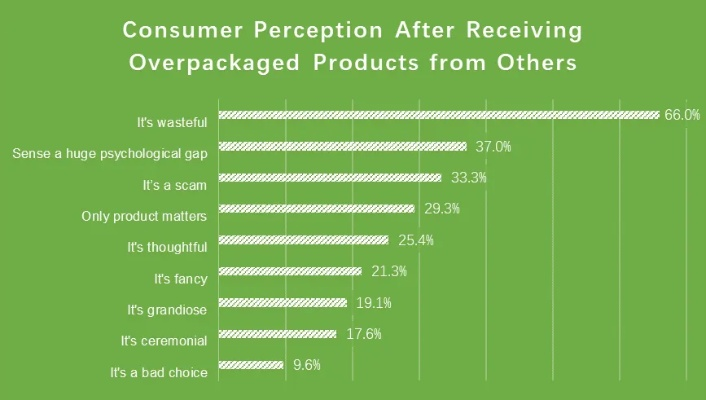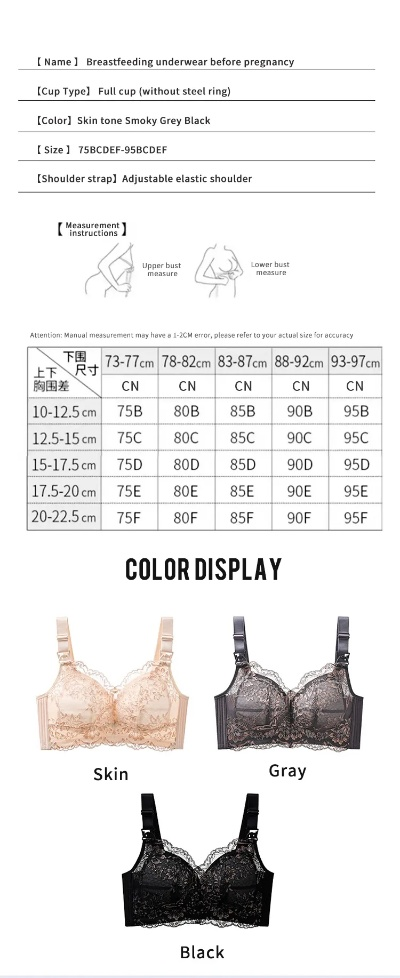Navigating the World of Textile Testing:A Comprehensive Guide
This comprehensive guide to textile testing offers an in-depth exploration of the various methods and techniques used to assess the quality, performance, and durability of textile products. Topics covered include fiber properties, fabric structure, colorfastness, shrinkage, and more. The guide also covers the latest developments in textile testing technology, such as digital imaging and machine learning algorithms that can predict fabric performance based on historical data. Additionally, it provides practical tips and best practices for conducting effective textile testing, including sample preparation and data analysis. This guide is essential for anyone working in the textile industry, whether as a manufacturer, researcher, or consumer. It provides a valuable resource for those seeking to understand the complexities of textile testing and ensure that their products meet stringent standards.
In the ever-evolving world of textiles, ensuring quality and safety is paramount. Textile testing serves as a crucial tool for manufacturers, suppliers, and consumers alike to ensure that their products meet the highest standards of performance and durability. This guide will delve into the intricacies of textile testing, highlighting the importance of various types of tests, the techniques used, and the challenges faced in the industry.
Introduction: The Importance of Textile Testing
Textile testing is an essential component of the manufacturing process that ensures products meet regulatory requirements and consumer expectations. It involves conducting various tests on textile samples to evaluate their physical properties, chemical stability, and overall performance. By identifying potential issues early on, textile testing can help prevent defects from entering the market and minimize the risk of accidents or health hazards associated with improperly made products.

Types of Textile Tests
-
Physical Properties Tests: These tests assess the strength, flexibility, and resistance of textile materials. Common examples include tensile strength testing, elongation testing, and tear strength testing. For example, a sample might be subjected to a tensile test to measure its breaking strength, while a tear test measures how well it resists tearing.
-
Chemical Stability Tests: These tests evaluate the resistance of textiles to chemicals, including solvents, acids, and alkalis. Examples include dyestuff stability testing, which checks how well dyes adhere to the fabric, and water absorption testing, which determines how quickly a textile absorbs liquids.
-
Environmental Tests: These tests simulate real-world conditions to assess the textile's ability to withstand exposure to different environments. For instance, a textile might undergo a salt spray test to simulate outdoor use in a marine environment, or a UV resistance test to evaluate how well it resists ultraviolet light damage.
-
Safety Tests: These tests ensure that textile products are not harmful to humans or the environment. Examples include toxicity testing, which checks for any harmful substances present in the fabric, and flame retardant testing, which evaluates the material's ability to resist combustion.
Techniques Used in Textile Testing
-
Sampling: Proper sampling techniques are essential for accurate results. Technicians must select representative samples from the entire batch to ensure that the findings are generalizable to the entire product.
-
Pretreatment: Before testing, samples may need to undergo pretreatment steps such as cleaning, drying, or conditioning to remove impurities or alter the fabric's properties.
-
Testing Instruments: Textile testing relies heavily on specialized instruments such as tensile machines, elongometers, tear gauges, and dye transfer meters. These tools provide precise measurements that allow technicians to accurately interpret the results.
-
Data Analysis: Once the test results are obtained, they must be analyzed using statistical methods to identify trends and patterns. This information can be used to make data-driven decisions about product development and quality control.
Challenges Faced in Textile Testing
-
Cost: Textile testing can be expensive due to the high cost of specialized equipment and personnel required for accurate results.
-
Time: Testing takes time, which can be a challenge for manufacturers trying to meet tight deadlines for delivery.
-
Standardization: There is often a lack of standardization in the textile testing industry, making it difficult to compare results across different companies or regions.
-
Technological Advancements: As technology advances, new testing methods and tools become available, necessitating ongoing investment in research and development to stay competitive.

Case Study: The Importance of Textile Testing in a Major Fashion Brand
One example of the impact textile testing can have on a brand is seen in the case of a major fashion retailer that was accused of selling clothing with hidden buttons. After extensive testing by independent laboratories, the company was able to demonstrate that the buttons were securely fastened and did not pose a safety risk. This case highlights the importance of thorough testing in protecting consumers and maintaining brand integrity.
Conclusion: The Role of Textile Testing in Ensuring Quality and Safety
Textile testing is more than just a technical process; it is a critical component of the manufacturing process that ensures products meet regulatory requirements and consumer expectations. By understanding the different types of tests and their techniques, we can better appreciate the importance of these tests in safeguarding our health and safety. As the industry continues to evolve, it is essential that we invest in research and development to stay at the forefront of innovation and ensure that textile products are safe and reliable.
随着纺织行业的快速发展,纺织品的质量和安全性越来越受到人们的关注,纺织品检测工作作为确保纺织品质量的重要环节,对于保障人们的健康和安全具有重要意义,本文将探讨纺织品检测工作的具体流程、方法以及案例分析。
纺织品检测工作的基本流程
材料收集
在纺织品检测工作中,首先需要收集相关的材料,包括样品、标准样品等,这些材料应该具有代表性,能够反映不同类型、不同规格的纺织品的质量情况。
样品处理
在样品处理过程中,需要按照相关标准和规范对样品进行清洗、整理、分类等处理,以确保检测结果的准确性和可靠性。
检测方法选择
根据样品的特点和检测需求,选择合适的检测方法,常用的纺织品检测方法包括纤维成分分析、物理性能测试、化学成分分析等。
检测过程实施
在检测过程中,需要按照规定的操作流程进行,确保检测结果的准确性和可靠性,还需要对检测过程进行记录和总结,以便于后续的质量控制和质量改进。

纺织品检测案例分析
某品牌纺织品质量检测
某品牌近期推出了一款新型面料,为了确保其产品质量符合标准,进行了全面的纺织品质量检测,检测过程中,采用了纤维成分分析、物理性能测试等多种检测方法,最终得到了准确可靠的结果,该品牌的面料受到了消费者的广泛好评。
纺织品环保性能检测
为了确保纺织品符合环保标准,进行了纺织品环保性能检测,检测过程中,采用了有机溶剂残留量测试、重金属含量测试等多种检测方法,同时结合了环境影响评估和安全认证等手段,最终得到了符合环保标准的纺织品证明。
纺织品检测工作的方法与技巧
选择合适的检测方法
在选择纺织品检测方法时,需要根据样品的特点和检测需求进行选择,还需要注意方法的准确性和可靠性,以确保检测结果的准确性。
注意样品处理细节
在样品处理过程中,需要注意细节问题,如清洗、整理、分类等,这些细节问题对于样品处理的效果和质量有着重要的影响。
提高检测人员的素质和能力
为了提高纺织品检测工作的质量和效率,需要提高检测人员的素质和能力,还需要加强培训和学习,不断提高检测人员的技能和水平。
纺织品检测工作对于保障纺织品的质量和安全性具有重要意义,在纺织品检测工作中,需要遵循相关标准和规范,选择合适的检测方法,注意样品处理细节,提高检测人员的素质和能力,还需要加强质量控制和质量改进工作,不断提高纺织品检测工作的质量和效率。
Articles related to the knowledge points of this article:
Dream Somance Textile Factory:A Journey of Innovation and Sustainability



